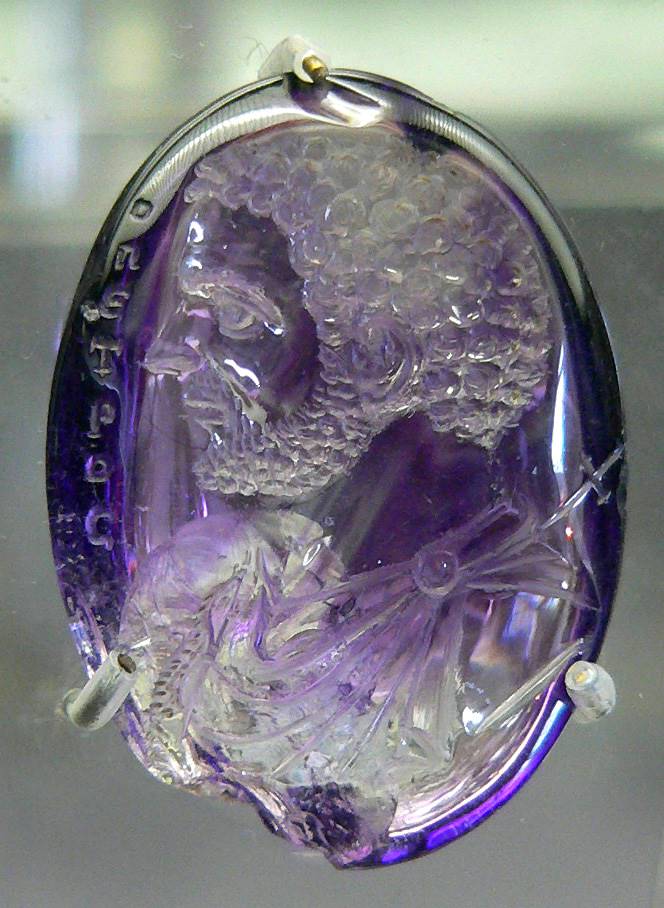Jewelry in Ancient Rome
The long reign and influential position in European continent ensured that Roman Empire is today remembered as one of the driving forces for many art forms that were used in those ancient times. Spanning across vast territories, Romans managed to collect influences of many conquered and neighboring civilizations, adapting it to their use and the use of future generations who came after them.
With the ability to access wide range of raw materials from their extensive resources across the continent and the knowledge of all civilizations that lived near them (Egyptians, Greeks, Celts and other northern European territories that they've conquered and came into contact), jewelry made during the height of Roman Empire is today considered to be of very high grade - both in art form and manufacturing processes. However, even with the abundance of various decorative items produced by their neighbors, roman population preferred to dress simple, and only few pieces of jewelry (mostly greatly influenced by Greek artisans) became popular.

One of the most popular jewelry of Roman time was brooch which was used to secure clothing together, and rings which were considered as one of the only pieces of jewelry that was acceptable to be worn by men (one on the hand, one on every finger or none at all). It was this fashion of carrying rings gave the birth of "signet rings", specially made rings with engraved gems which were used to impress sigil of wearer's rank or family crest to the wax. Later on, this tradition was adapted into creation of standalone seals. In addition to signet rings and brooches, Romans also used amulets, talismans, bracelets, earrings which were used to protect wearer from evil spirits and curses (evil eyes). Designs imprinted into many of their jewelry showed animals and coiling snakes (symbolizing immortality), and decorated with emerald and peridot imported from Egypt, carnelian, jasper, lapis lazuli, and onyx from Persia. In addition to them, diamonds and pearls were also held in high regard (they even established permanent settlements dedicated to pearl production across the entire Empire).
After the fall of Roman Empire, many of the jewelry traditions created by them were absorbed into new-founded countries and surrounding territories.
